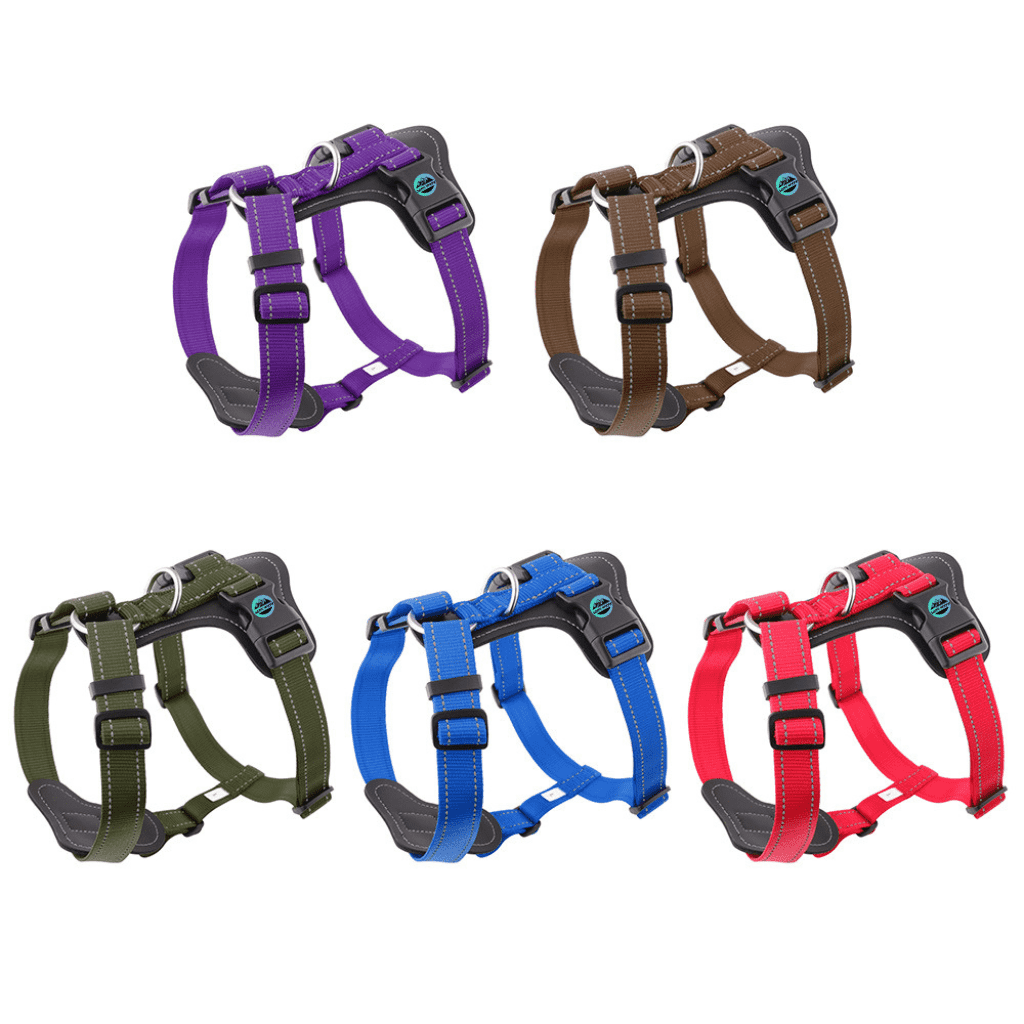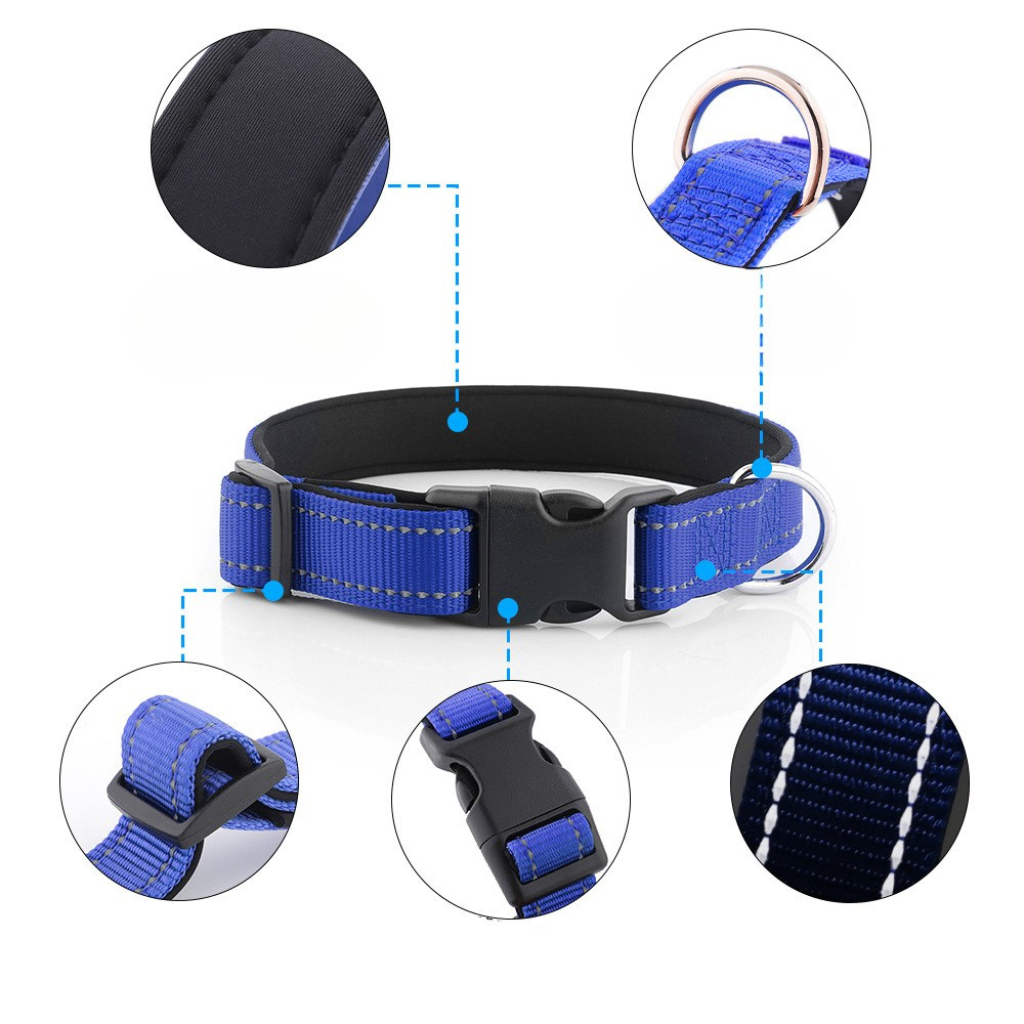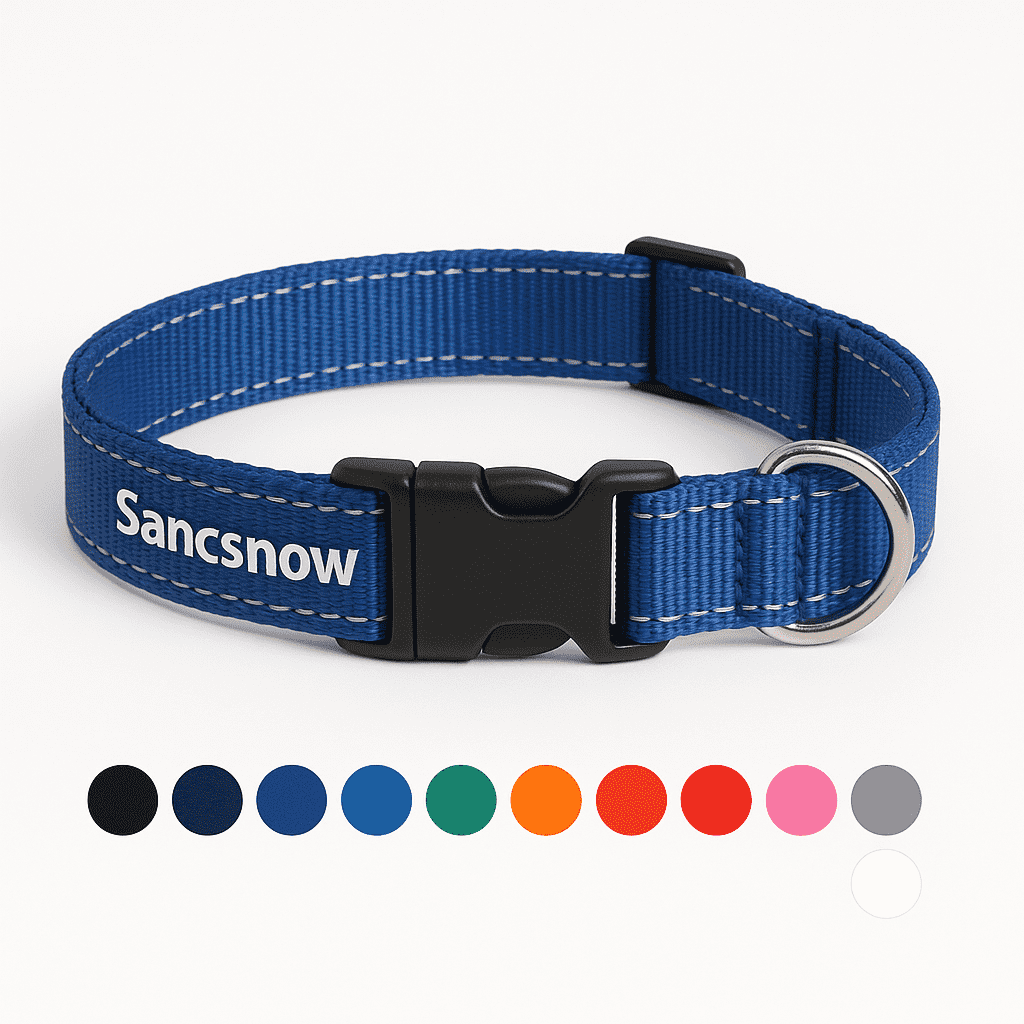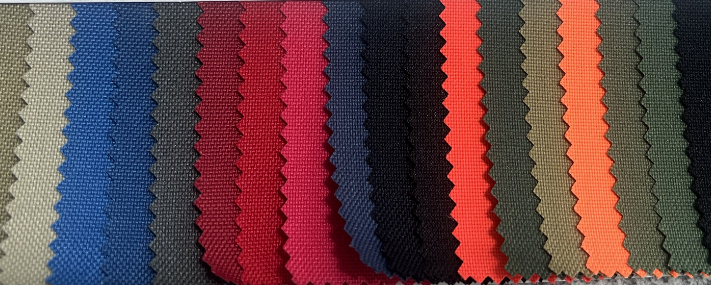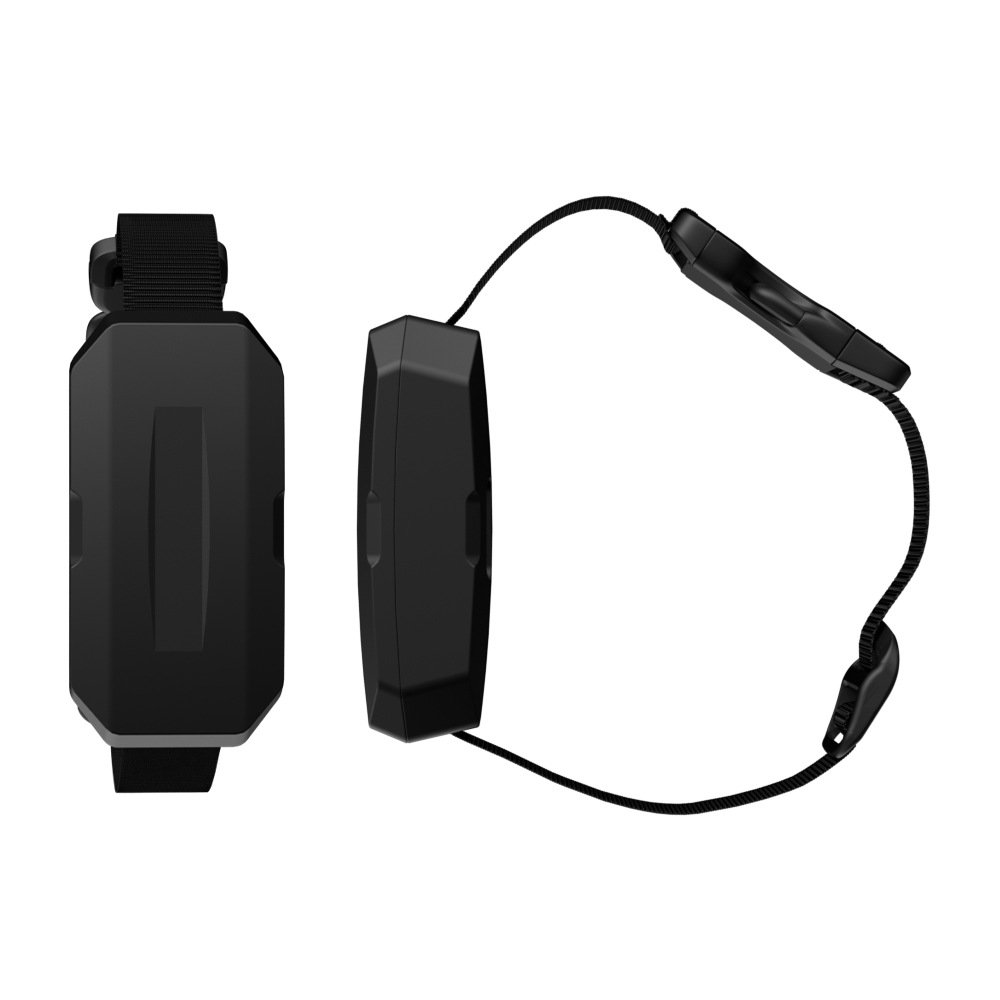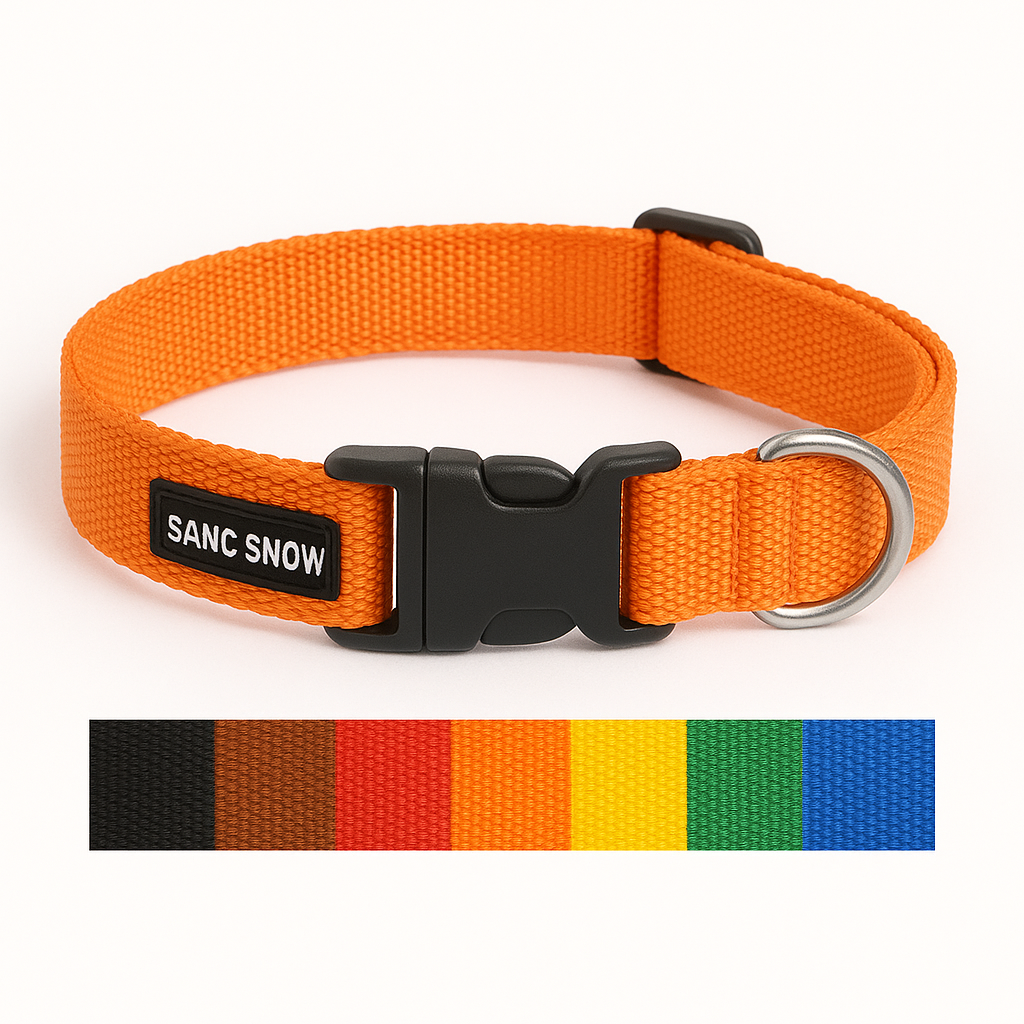Exploring the Business Potential Behind Behavior-Based Product Categories
As the pet industry continues to scale globally, demand is no longer driven by basic needs like food and shelter—it’s shaped by lifestyle alignment, behavioral tools, and owner experience. Among these, anti-bark collars have emerged as a high-conversion niche, reflecting the growing frustration of pet owners and the rising sophistication of product solutions.
More than a training aid, anti-bark devices now represent a behavioral tech category—bridging the gap between pet wearables, training accessories, and smart gear. In this article, we look at how this category is expanding and where the opportunities lie for B2B buyers and emerging brands.
Global Market Signals: Growth Beyond Essentials
The global pet industry surpassed USD 280 billion in 2023, and while food and veterinary care still account for the bulk of spending, discretionary categories like training tools and wearable gear are growing at a faster pace—7% CAGR in some regions.
Anti-bark collars fall under this discretionary, behavior-oriented layer. They appeal to a unique customer segment: owners experiencing pain points with vocal, high-energy, or rescue dogs—especially in urban settings.
Key factors driving market expansion:
- Increase in dog adoptions post-COVID
- Urban pet ownership with strict noise ordinances
- Greater demand for low-effort behavior correction tools
- Online education promoting structured training techniques
- Tech-forward design and digital compatibility in pet gear
Who Is Buying Anti-Bark Collars—and Why
While the core utility of anti-bark collars remains unchanged, the buyer profile has diversified. Brands that segment by buyer motivation can unlock stronger product-market fit.
First-Time Dog Owners
Often overwhelmed by barking behavior, this group looks for quick solutions and low learning curves. They value auto modes, safety features, and “no shock” options.
Urban Apartment Dwellers
In cities where barking can lead to neighbor complaints or fines, anti-bark collars become a preventive tool. These buyers prioritize reliability, size adaptability, and discreet modes like vibration.
Professional Trainers & Handlers
This group seeks higher-end products with precision control, programmable settings, and durability for daily use. Static correction is more accepted in this audience, but only when paired with responsible positioning.
Online-First Buyers
E-commerce customers respond well to bundled solutions (collar + manual), visually intuitive UI, and reviews that reinforce humane use. Video demonstrations and quick-start guides are key to conversion.
Expanding the Product Line: Strategic Differentiation
Rather than offering a single anti-bark collar, many successful brands now build tiered product lines to cater to various buyer types.
| Product Tier | Key Attributes | Example Audience |
|---|---|---|
| Entry-Level | Basic vibration/sound, low price point | First-time buyers, budget shoppers |
| Mid-Tier | Rechargeable, multiple modes, waterproof | Urban owners, Amazon buyers |
| Pro Trainer | Static + programmable, digital screen | Trainers, specialist retailers |
| Lifestyle Upgrade | Color options, LED display, reflective strap | Style-conscious pet parents |
| Accessory Bundle | Includes USB cable, guide, pouch, tags | E-commerce bundles, gift buyers |
With the right mix, a brand can use anti-bark collars to create upsell ladders, reduce returns (by offering better fit solutions), and support segmentation campaigns.
Messaging That Moves Units: Positioning for Conversion
Because anti-bark collars can be perceived as controversial by some users, messaging matters. Brands that focus on responsible use and behavioral reinforcement win more trust.
Recommended messaging strategies:
- “Gentle training support, not punishment”
- “Designed to interrupt, not harm”
- “Backed by trainers, used by real pet owners”
- “Customizable to your dog’s sensitivity and size”
- “Safety-tested and vet-reviewed components”
Visual communication also plays a role—avoid harsh imagery, and instead show relaxed dogs, clean packaging, and intuitive button designs. For B2B catalog placement, adding clear icons for modes, size range, and battery life improves category appeal.
Where the Category Is Headed Next
The anti-bark space is slowly merging with smart wearables, where collars include:
- Mobile app pairing
- Usage tracking and activity history
- Vibration + tone customization via Bluetooth
- Integration with GPS or training systems
Though still in early adoption, connected collars will likely define the high-end segment of this category in the next 3–5 years. Brands that invest in modular hardware or app-ready architecture today will gain first-mover positioning.
At the same time, ethical transparency and localized compliance will become more important in export markets. Offering multiple versions of a product (e.g. static and non-static) can help distributors avoid regulatory blocks.
Building Value Through Specialization
Anti-bark collars may seem like a niche, but within that niche lies depth: varying user pain points, cultural attitudes, training philosophies, and expectations. For private-label brands and sourcing agents, understanding this landscape allows for more tailored assortments, smarter launches, and stronger brand trust over time.

